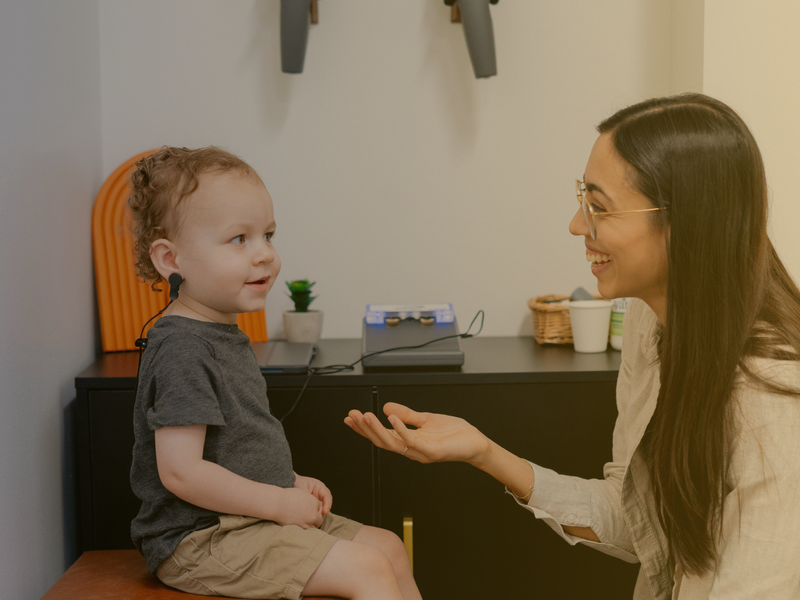For many parents, the sight of their child tugging at their ear or complaining of discomfort is all too familiar. Ear infections are among the most common childhood ailments, with five out of six children having at least one ear infection by their third birthday. The pain, irritation, and potential hearing difficulties associated with these conditions can be distressing for both children and their caregivers.
While conventional care, like antibiotics and pain relievers, may provide temporary relief, they often fail to address the underlying causes of swollen ear canals. Many parents find themselves in a cycle of recurring infections and mounting frustration, wondering if there’s a better way to support their child’s ear health.
What if the root of the problem lies deeper than the ear itself? Neurological dysfunction, particularly in the vagus nerve and nervous system, may play a significant role in the development of swollen ear canals and related issues.
In this article, we’ll explore the causes and signs of swollen ear canals in children, as well as the potential of Neurologically-Focused Chiropractic Care in addressing this common yet challenging condition. By understanding the complex interplay between the nervous system and ear health, parents can empower themselves to make informed decisions and seek natural, drug-free solutions for their children’s well-being.




